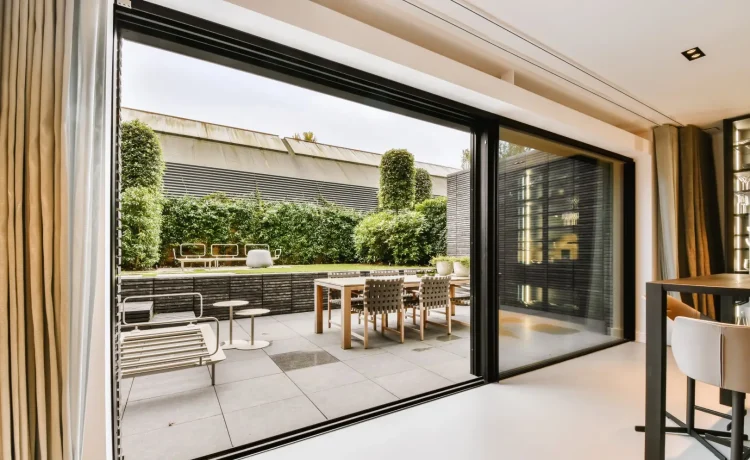Architectural planning is a complex process that requires a delicate balance of creativity and functionality expertise. Whether designing a residential home, a commercial building, or an urban landscape, adhering to critical principles can significantly affect the effectiveness and success of the final product.
1. Form follows function
This principle, popularized by modernist architects, emphasizes a building or object’s shape primarily relates to its intended purpose or function.
Key aspects
- Prioritize functionality in design decisions
- Ensure that aesthetic choices support practical needs
- Create spaces that efficiently serve their intended use
Applying this principle
- Analyze the specific needs of the building’s users
- Design layouts that facilitate smooth flow and operation
- Choose materials and structures that enhance functionality
2. Sustainability and environmental responsiveness
Sustainable design is not just a trend but a necessity. Effective architectural planning must consider buildings’ environmental impact and strive for energy efficiency.
Key elements of sustainable design
- Energy efficiency in heating, cooling, and lighting
- Use of eco-friendly and recyclable materials
- Water conservation and management
- Integration of renewable energy sources
Strategies for Environmental Responsiveness
- Passive solar design to maximize natural light
- Green roofs and walls for insulation and air quality
- Rainwater harvesting and greywater recycling systems
- Locally sourced materials to reduce transportation emissions
3. Context and site integration
Effective architectural planning considers the surrounding environment and how the building will interact with its site.
Factors to consider
- Local climate and weather patterns
- Topography and natural features of the site
- Surrounding buildings and urban context
- Cultural and historical significance of the area
Strategies for site integration
- Orientation of the building to maximize natural light
- Preservation of existing vegetation and natural features
- Design that complements or thoughtfully contrasts with neighbouring structures
- Consideration of local architectural styles and materials
4. Flexibility and adaptability
As needs and technologies evolve, buildings should be designed with the capacity to adapt to changing requirements over time.
Critical aspects of flexible design
- Open floor plans that allow for reconfiguration
- Modular construction techniques
- Provision for future technological upgrades
- Multi-purpose spaces that can serve various functions
Strategies for implementing adaptability
- Use of movable partitions and furniture systems
- Design of easily accessible and upgradable building systems
- Incorporation of universal design principles for accessibility
- Planning for potential vertical or horizontal expansion
5. User-centered design
Effective architectural planning prioritizes the end-users needs, preferences, and experiences in the design process.
Key considerations
- Ergonomics and comfort
- Accessibility for all users, including those with disabilities
- Cultural and social preferences of the target user group
- Safety and security measures
Strategies for user-centered design
- Conduct user research and surveys
- Create personas and user scenarios
- Utilize virtual reality tools for user testing
- Implement post-occupancy evaluations for continuous improvement
As architects and designers strive to create more effective and impactful buildings, these five principles provide a solid foundation for planning. Architectural projects can achieve tremendous success and longevity by considering functionality, sustainability, context, flexibility, and user needs.
Numerous resources are available for those interested in delving deeper into these principles and see more examples of their application in real-world projects. Case studies, architectural journals, and professional forums can provide insights into how these principles are being implemented innovatively across various building types and locations.















